P4 MONSOON DESIGN RESIDENCY
people, pandemic &
a place for performance

an arts practice project implemented by India Foundation for the Arts, made possible with support from Sony Pictures Entertainment Fund
https://indiaifa.org/grants-projects/singh-siddharth.html
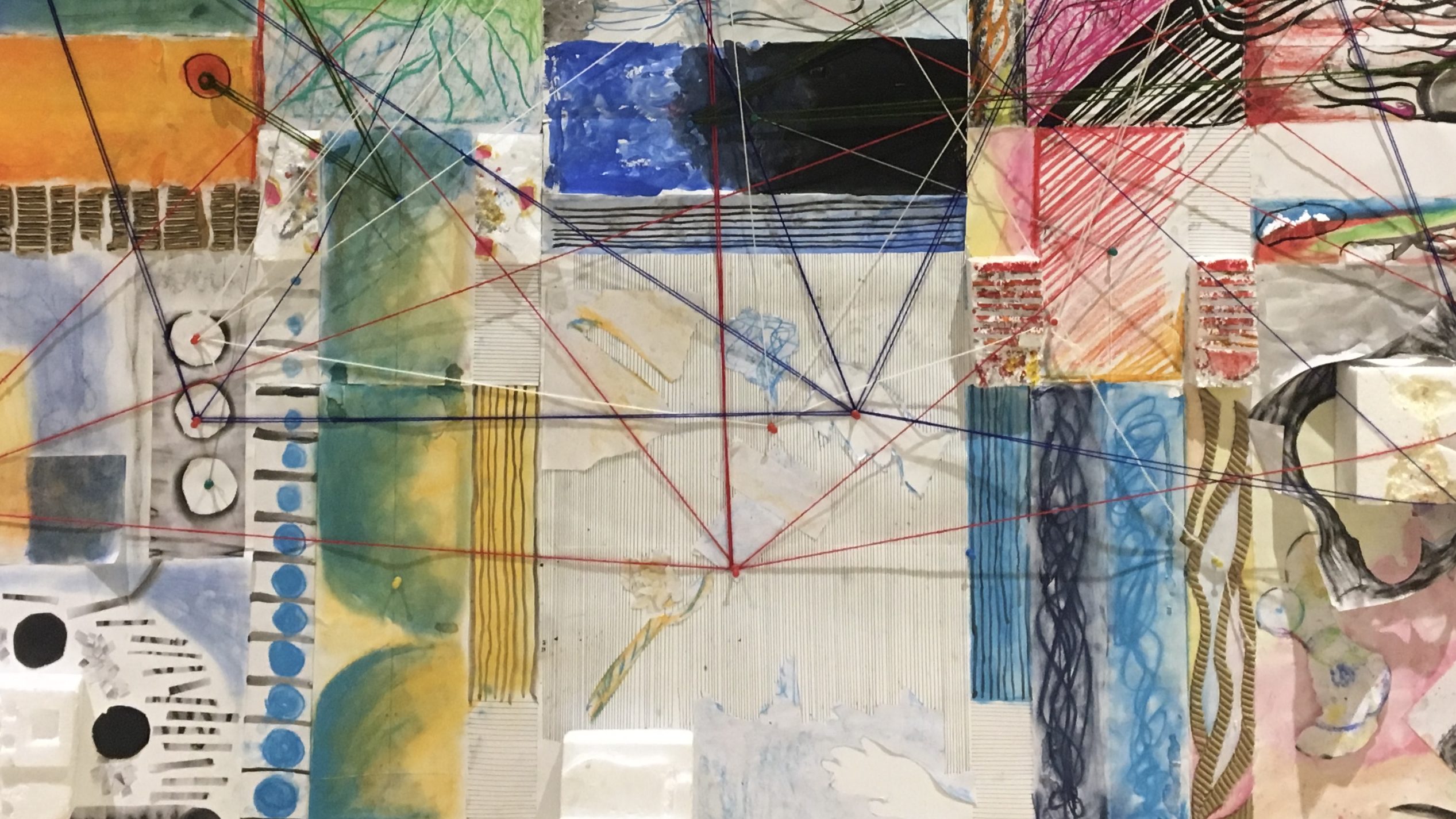
SUMMARY
Nature of Program: Multidisciplinary Design Residency
Objective: Adaptive Reuse of a Place for Performance
Duration: 8 Weeks
Schedule: 1st June to 31st July 2022
Location: First 4 Weeks at Participants’ Respective Locations,
followed by another 4 Weeks of Residency in New Delhi
Capacity: 6 Participants
Participation Fee: None
Stipend: Rs.20,000/- for Each Participant
Pedagogical Framework
The site, program and design, are all participants’ choices. While the residency will be propelled by the memories, experiences, reflections and imagination of the six participants, it will be guided and facilitated by Siddharth Singh. The residency will follow a pedagogy of creativity fueled by participants’ emotional intelligence and, in addition to architectural design, will employ textual, graphic and embodied processes.
Qualification
+ Indian Citizen
+ Proficiency in Orthographic Drawings & Model Making (Digital & Analogue)
+ Pursuit of or Deep Interest in Performing/ Embodied Arts (Theater/ Dance/ Music/ Martial Arts/ Yoga/ Stand-Up Comedy etc.)
+ Senior Students (4th yr & above) & Professionals of Architecture, Urban Design, Interior Architecture & Interior Design
Application Outline
In addition to substantiating the qualifications mentioned above, the application form will seek elaborate responses from the applicants in text/ images/ video to the following:
+ earliest memories of performance
+ examples of performances unique to one’s community
+ impact of pandemic to individual/ domestic/ communal rituals
+ examples of familiar spaces with the potential of becoming places of performance
+ recommendations from two referees
Applications Open: 22nd February 2022
Submission Deadline: 11th April 2022
Application Fee: Rs. 500/- (Rupees Five Hundred Only)
Pay the application fee on UPI
p4residency@icici
also linked to mobile number
8130201146
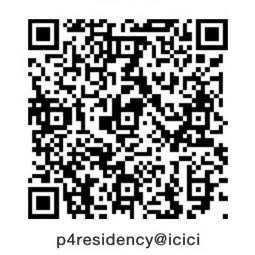
*application fee is non-refundable
On successful payment, mail the following from a Gmail account to: p4residency@gmail.com
+ Applicant’s Name & Surname
+ Payment Reference Number
+ Applicant’s Mobile Number
+ Applicant’s Complete postal Address
* Applicant will receive a link to the application form in reply to their mail.
* The email id & mobile number will be unique to a single applicant; please refrain from requesting multiple application forms from one mail id.
* Only selected applicants will be informed by email for the next & final round of evaluation through interview.
OVERVIEW
Designing a place for performance locates us at the intersection of all that the pandemic has had a severely adverse impact on: performance, congregation, rituals, learning, expression and spaces & opportunities for them all.
Framing the pandemic as the context, the residency intends to inquire into the isolation and insulation of the individual, the community, performance, architecture and nature from each other. The clues that the residency will follow are of the disruption of rituals – mundane as well as sacrosanct – and the disruption of breath. While the reference to the body in deriving or relating to architectural form isn’t uncommon, it is perhaps more critical now to ask, “How does this architecture breathe?”.
Each residency participant will choose their own site of intervention from familiar spaces within their neighborhood/ city. They will also develop the program and the design for their place of performance, using as raw material their earliest memories of performances, examples of performances unique to their community and extracts from the impact of the pandemic to their individual, domestic and communal rituals.
montage from Siddharth’s workshop in 2019
METHOD & MEDIUMS
In response to their unique sites, participants will choose their own project type from the three categories of the street, the pavilion, the courtyard, or a combination of these, to develop the program and spatial design for a place for performance. Participants will develop their program in consultation with performing artists/ entrepreneurs, translate it into a spatial organization and integrate spatial design within its natural & built environments.
In addition to visual & spatial representation, the residency will widely use collage, writing, conversations, visual concept maps, reflective blogs and embodied processes to explore and affect processual diversity.
A review is scheduled in the 6th week with two senior practitioners/ academicians from the fields of theater & architecture. Kolkata based writer & dramaturg Dr. Rustom Bharucha and Ahmedabad based architect and educator Prof. Neelkanth Chhaya will offer critical feedback to the participants.
The modules of the course are comprised of briefs which set out tasks with clear instructions, parameters, schedule and deliverables.
STRUCTURE
The course is comprised of the three modules, each dedicated to the understanding and development of Context, Program & Design, sequentially.
MODULE-1; 2 WEEKS: CONTEXT
Understanding Context
Introduction to the larger cultural and historical context through + Theater & CoronoVirus
Dr. Rustom Bharucha’s 9 episode speech act
+ Conversations at the Vessel; Three Volumes
Conversations around the pandemic with creative practitioners
Delineating and Studying the Site
Identifying the interstices for intervention within a familiar place of one’s city/ neighborhood
Remembering Performance
Recollecting one’s earliest experience(s) of performance and its rooting in one’s community
Local Forms of Performance
Identifying forms of theater and performance unique to one’s region/ community
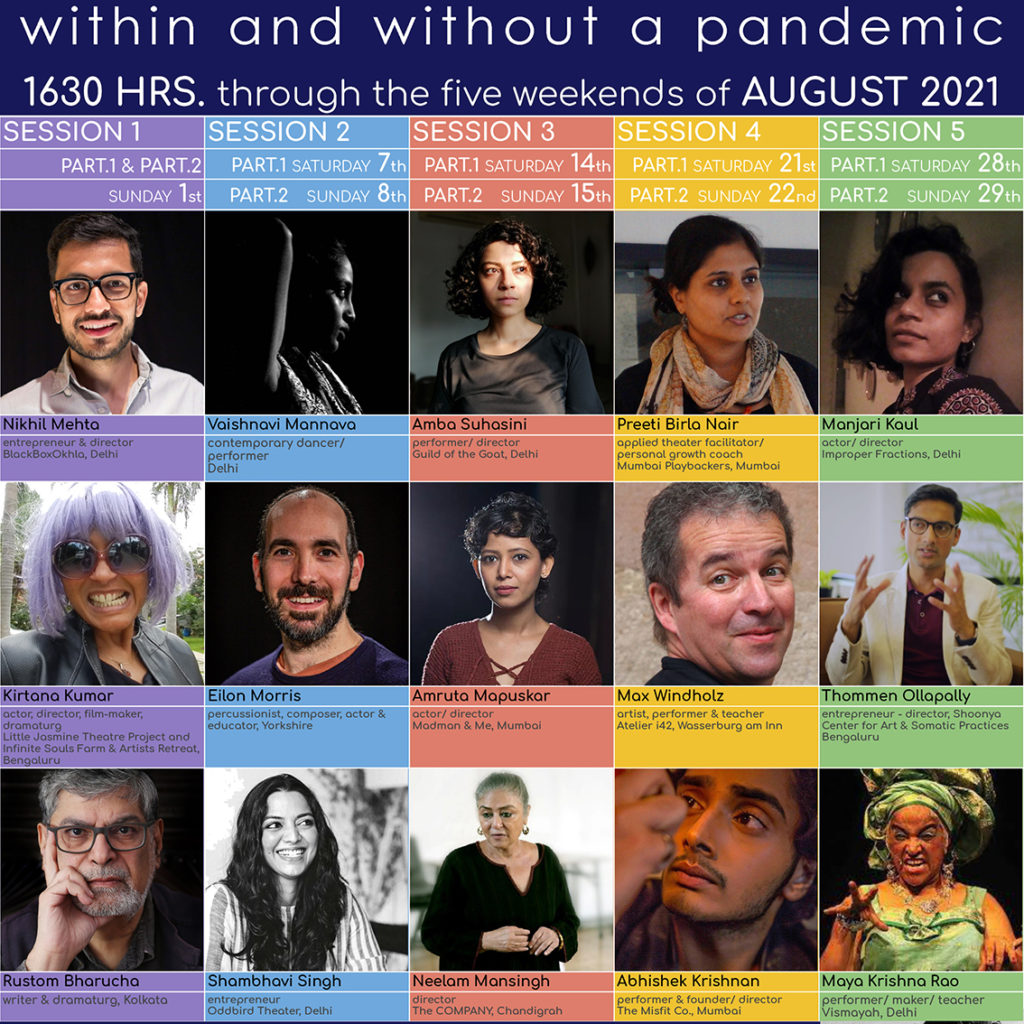
MODULE-2; 2 WEEKS: PROGRAM
Case Study Analyses
Historical & Contemporary and Global & Local examples of Places of Performance
Program Development
Consultations with practicing performing artists and entrepreneurs
Establishing the Site
Representing the site in models and exploratory drawings
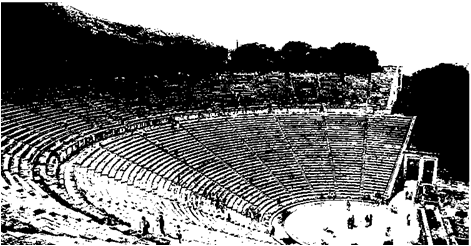
The Open-Air Amphitheater 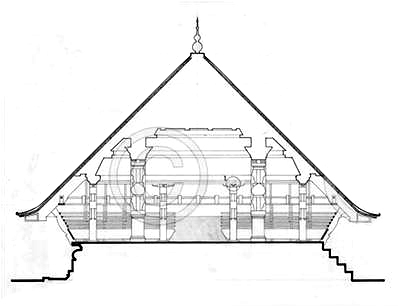
The Semi-Open Koothambalam 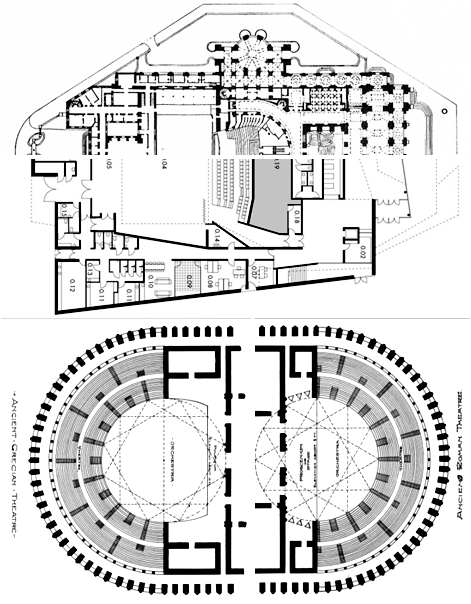
Development of the place of Performance from Open Structures to Enclosed Buildings
MODULE-3; 4 WEEKS: DESIGN
Beginning
Conceptual Schematic & Volumetric Explorations
Collaborative Deployments
Strategies and Mobile Interventions
Identity
Primary Theme & Elements
Articulation
Design Development & Detailing
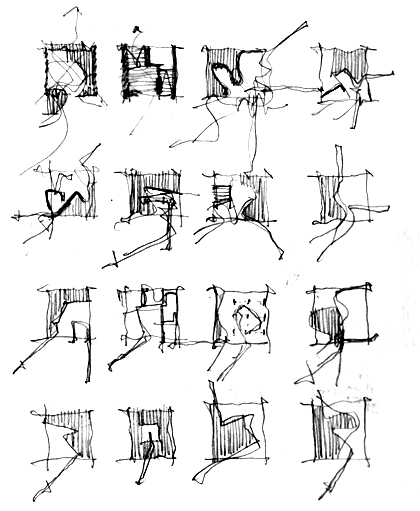
diagrams 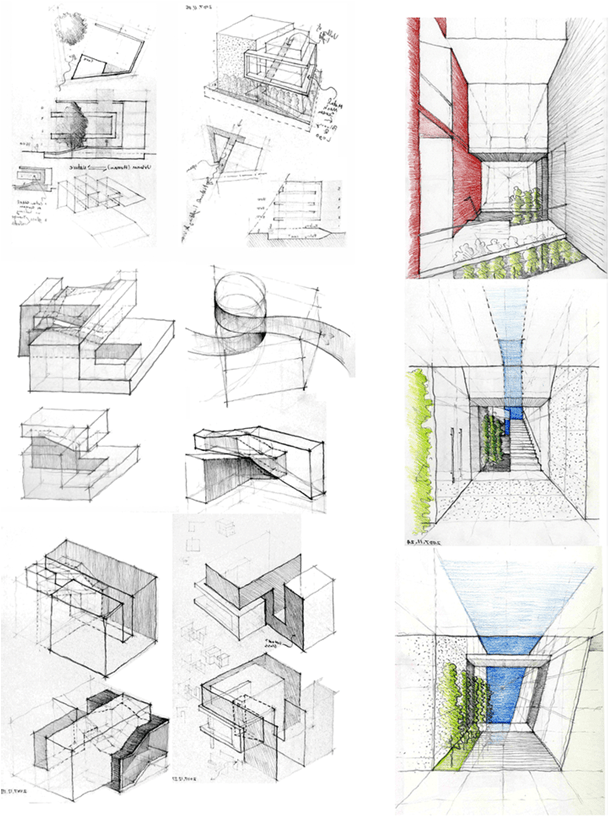
conceptual sketches of forms & spaces 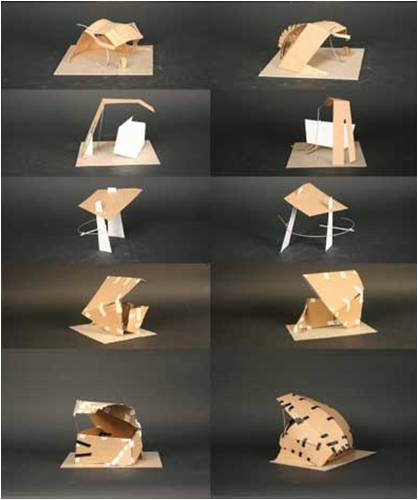
finding the generative element(s) 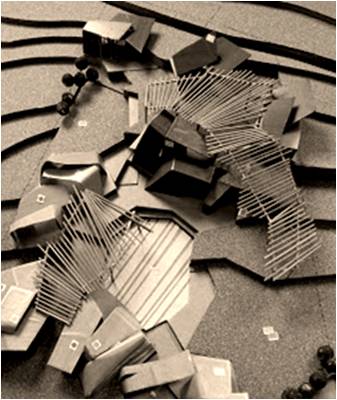
siting, massing & articulation 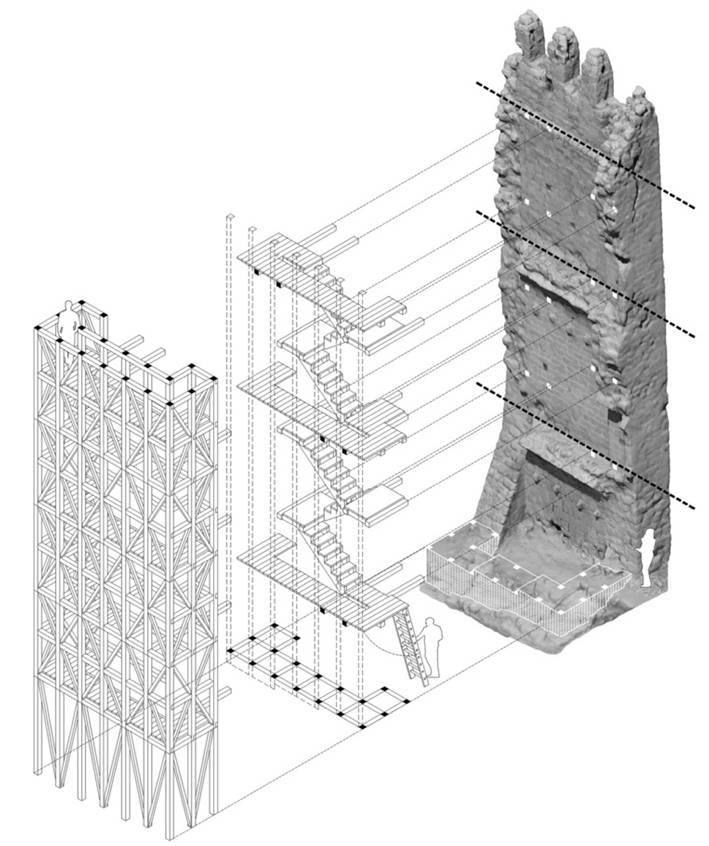
constructional details
REFERENCE LIST
- Theatre and the Coronavirus
Dr. Rustom Bharucha - Conversations @ The Vessel; Vol. 1, 2 & 3
Siddharth Singh ed. - Beyond the Proscenium
Anmol Vellani ed. - Space for Engagement: The Indian Artplace
Himanshu Burte - A Pattern Language
Christopher Alexander
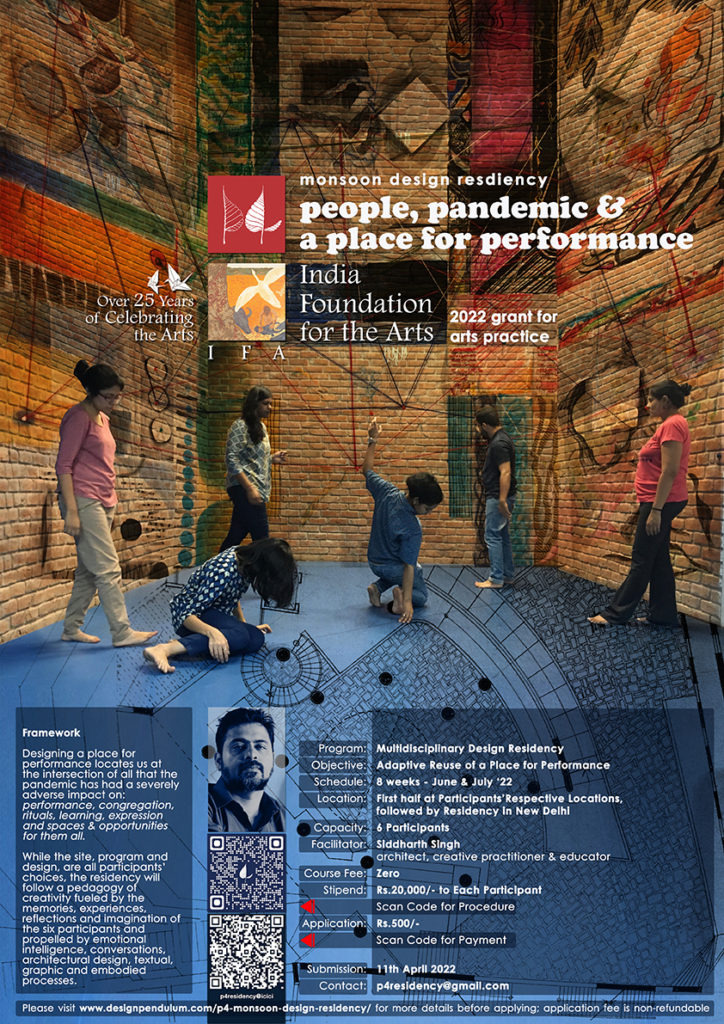

 malkum
malkum